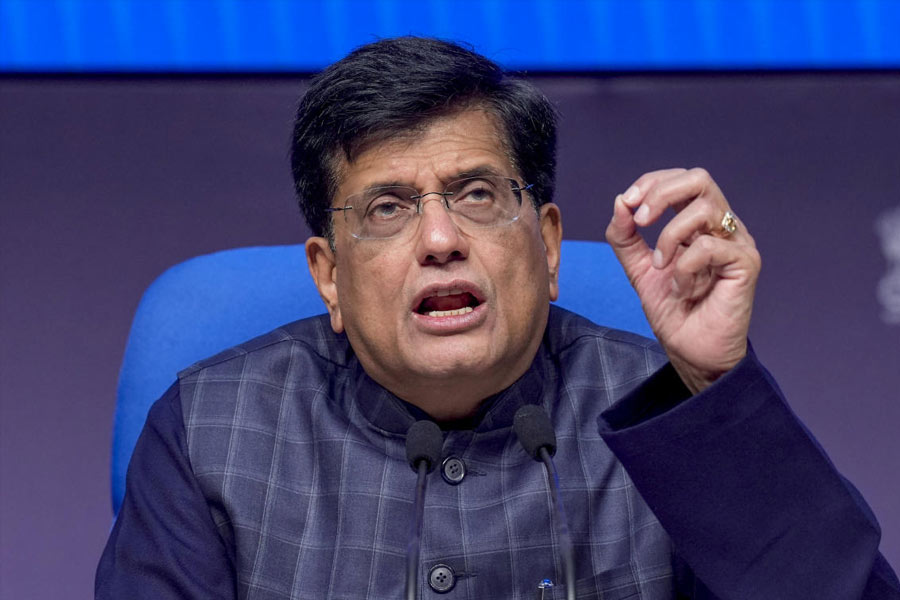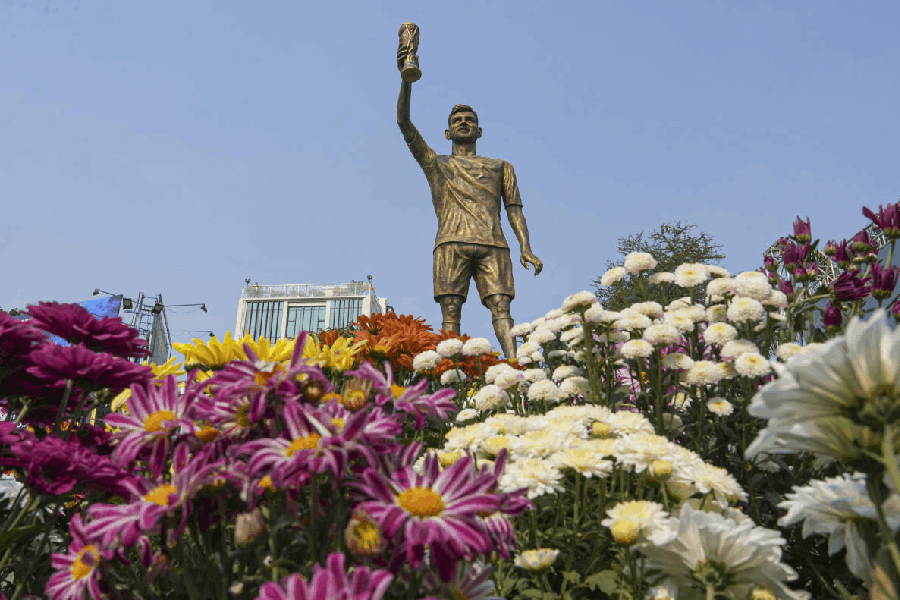 |
The two-kilometre drive on a kuchcha road lined with sugarcane crops to Hasnapur in Uttar Pradesh at night leaves you with an eerie feeling. The road is dark, but as the village approaches, you can spot tiny dots of light emanating from thatch-roofed huts. The government has not brought electricity to the village in Sitapur district — but there is light.
Modern electricity entered the village for the first time a few months ago because of the efforts of a team of socially committed entrepreneurs. Hasnapur has access to electricity for seven hours from sunset for lighting two LED lights and powering a mobile charger. The electricity is produced locally and distributed through a locally-laid cable network called microgrid.
Private groups are stepping in where the government is yet to tread. The Lucknow-based Mera Gao Power (MGP) has set up 1,000 such microgrids in as many villages, including Hasnapur, and electrified over 20,000 households in Sitapur district.
“It is sad that grid electricity hasn’t reached these villages, even so many years after independence. Many of the villages are not as remote as they are made out to be. Hasnapur is just a few kilometres from a state highway,” says Sandeep Pandey, who co-founded MGP with Nikhil Jaisinghani and Brian Shaad a few years ago. The first MGP microgrid came up in Sitapur’s Kaharanpurwa village in December 2011.
 |
| Sandeep Pandey, Co-founder, Mera Gao Power |
Lives are changing in villages with the advent of electricity. “Our children are able to study much longer than before. And they are not troubled by the fumes of kerosene lamps anymore,” says Hare Ram Yadav, a Hasnapur farmer with three children who opted for the connection when it became operational five months ago.
Inder Pal, a resident of Sitapur’s Bannarey village, says that electricity at night enables him to prepare sweets that he sells in weekly bazaars, while devoting his daytime to farming.
Like MGP, many outfits have come up in states with low electricity penetration. While most use solar power to generate electricity, some tap other renewable sources such as biomass and hydropower. The Patna-based Husk Power Systems, which operates 200 plants in Bihar, generates electricity through rice husk. Microgrids use hydel power in Karnataka and Uttarakhand.
Though there is no specific data, it is estimated that nearly 1,50,000 households in UP, Bihar, Rajasthan, Madhya Pradesh and Maharashtra use power supplied by microgrids. An MGP official says that it adds 20-30 new connections every day.
According to the 2011 census, 45 per cent of 168 million rural households in India is yet to be electrified. “Statistics indicate that 300 million people — a quarter of the Indian population — do not have access to electricity,” says Sameer Nair, CEO of the Pune-based Gram Oorja Solutions, which has two operational microgrids in Darewadi village near Pune and Viral in Karnataka.
“Even if governments were to fulfill their commitment to provide electricity to everybody, this will not be possible using grid electricity. This is for reasons such as geographical remoteness, logistical impediments like cabling through forest areas and technical and economical viability. In such situations, microgrids offer an ideal solution,” Nair adds.
Microgrids are becoming popular for several reasons. One, there has been a slow but steady drop in the cost of solar cells. Two, people are aware of the health hazards of using kerosene lamps. Besides, many development banks and donor agencies are funding renewable energy projects.
MGP, which commenced operation with $ 300,000 from USAID, mobilises its own funds to set up grids. “Each microgrid, capable of providing electricity to 20 households, costs about Rs 65,000 for setting up,” says Pandey. MGP charges a user Rs 25 a week, apart from a one-time connection fee of Rs 50 for laying cables etc.
Gram Oorja, which gets corporates to donate funds for setting up projects, charges Rs 100-150 a month for grid-quality electricity which is available round the clock. Nair says the accumulated funds are used to meet operational and maintenance costs.
Another player is Greenpeace India, which used internally-generated funds to set up a 100-kilowatt solar-based microgrid — probably the largest so far in India — in Dharnai village near Patna. The microgrid, commissioned in July at a cost of Rs 2.75 crore, will provide electricity to 450 houses and 50 commercial establishments. Greenpeace has handed over the project to a microfinance company which will operate it for three years before a village committee takes over.
“We are not a profit-making organisation. The project is to showcase viability and also generate enough revenue to ensure sustainable operations,” Manish Ram of Greenpeace India says.
Of course, the system has its downside, too, as P. Balachandra, management professor at the Indian Institute of Science, Bangalore, points out. Such microgrids are not scalable beyond a point.
“How long do you think villagers will be content with a light or two, that too available for a limited period of time? What if they want to use, say a mixie or a television,” he asks.
According to a study recently conducted by the Rockefeller Foundation, even if the demands were to increase to a level that could power three light bulbs, a television, a fan and other appliances, the average load for a rural household would be less than one-third of a kilowatt. It argues that this may pose a challenge for rural electrification because low demand makes it harder to recover the money invested.
Another problem is that the spread of grid electricity will make microgrid power redundant, because the former will be cheaper at an average price of Rs 3 per unit, as compared to, say, power from the Dharnai microgrid which comes at Rs 9.5 per unit.
But such problems are for the future. Right now, lives have lit up.










